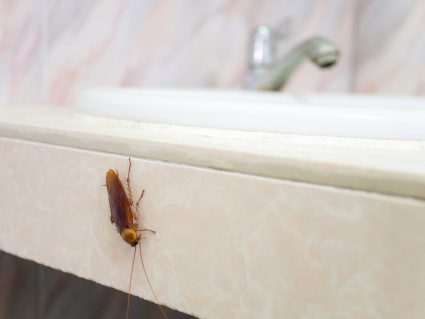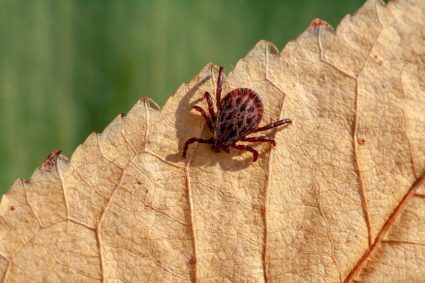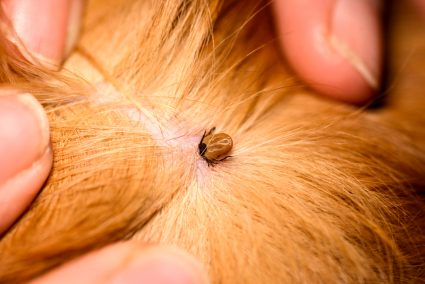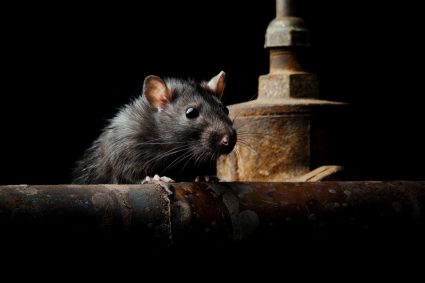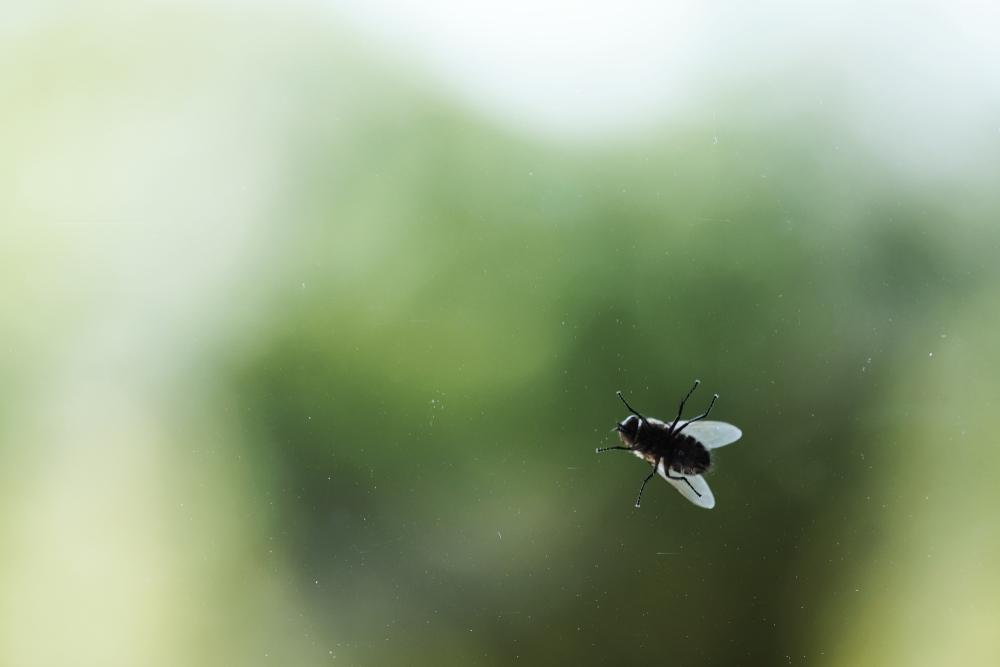
Flies can be a nuisance, especially during the warmer months. They buzz around your home, land on your food, and can even carry diseases. While there are many commercial fly traps and insecticides available, these can often contain harmful chemicals that you may not want in your home. A safer and more natural alternative is to catch flies using sugar water. In this article, we’ll discuss several methods for creating a homemade fly trap using sugar water, the science behind why flies are attracted to sugar, how to prepare an effective sugar water solution, and other tips and tricks for catching flies.
To catch flies with sugar water, create a homemade trap using a mason jar, plastic wrap, a rubber band, a toothpick, apple cider vinegar, sugar, water, and dish soap. Mix the ingredients in the jar, cover the jar with plastic wrap, secure it with a rubber band, and pierce small holes in the plastic wrap. Place the trap in an area frequented by flies. The sweet smell will attract the flies, and they will become trapped in the jar.
Why Are Flies Attracted to Sugar Water?
Flies are naturally attracted to sweet substances. In the wild, they feed on various sugar sources such as fruits and nectar. Sugar provides them with a quick source of energy, which is essential for their survival and daily activities. Additionally, flies have specialized taste receptors that allow them to detect and recognize sweet substances. Therefore, when flies encounter a sugar water solution, they are drawn to it because it satisfies their innate preference for sweet tastes and provides them with the energy they need to carry out their daily activities.
How to Prepare an Effective Sugar Water Solution for Catching Flies
To prepare an effective sugar water solution for catching flies, you’ll need a few basic household items: a mason jar, plastic wrap, a rubber band, a toothpick, apple cider vinegar, sugar, water, and a few drops of liquid dish soap. Here’s how to prepare the solution:
- Pour the apple cider vinegar, sugar, and a couple of drops of dish soap into the mason jar.
- Add water to the jar and mix the solution well.
- Cover the mason jar with a layer of plastic wrap and secure it with a rubber band.
- Make sure the plastic wrap is pulled taut. Then, use a toothpick to puncture several small holes into the plastic wrap covering the mason jar.
- Place the jar near the area where you’ve noticed the flies.
The sweet smell of the mixture will attract the flies to the jar. They will enter the trap through the holes in the plastic cover and become trapped, unable to escape. Remember to replace the mixture every few days for sanitary reasons.
Best Materials for a Homemade Fly Trap
There are several materials that you can use to create an effective homemade fly trap. Some of the most effective baits include sugar, honey, syrup, old fruit, apple cider vinegar, old wine, and even rotting foods like fish or shrimp. The sweeter and smellier the bait, the more effective it will be in attracting flies. A few drops of dish soap can also be added to the bait to help trap the flies more effectively, as the soap breaks the surface tension of the liquid, making it easier for the flies to drown.
Most Effective Locations to Place a Sugar Water Fly Trap
The best place to put fly traps is actually away from where your fly problem is. The point is to draw the flies away from wherever it is they’re fond of, such as the dog run, chicken coop, or picnic area. Other effective locations include near garbage bins or dumpsters, near a compost pile, around barns, stables, and animal pens, inside the barn, away from food sources, in sunny areas, and at a height of 1.5 m.
When are Flies More Likely to be Caught?
Most flies are more active during the day, particularly when it’s sunny and warm, with peak activity occurring when the temperature is between 80 and 90 degrees Fahrenheit. However, the exact timing of fly activity can also depend on other environmental conditions such as light and temperature.
How Often Should the Sugar Water Solution be Replaced in the Trap?
The frequency at which you should replace the sugar water solution in a trap depends on the outside temperature. For instance, if the temperature is between 71-75°F, change the sugar solution every 6 days. If the temperature is 93°F and above, change the sugar solution daily.
Potential Issues or Risks with Using Sugar Water to Catch Flies
There are some potential issues and risks to be aware of when using sugar water to catch flies. These include the attraction of other pests, increased fly survival, and disease transmission. To minimize these risks, it is essential to maintain proper hygiene and sanitation practices, such as covering food, cleaning garbage bins regularly, and using insecticidal surface sprays around bin areas.
In conclusion, catching flies with sugar water can be an effective and natural method for controlling the fly population in your home. With the right materials, preparation, and placement, you can create a homemade fly trap that is safe, non-toxic, and effective.
Frequently Asked Questions
Can I use any type of vinegar for the sugar water solution?
While you can technically use any type of vinegar for the sugar water solution, apple cider vinegar is known to be more attractive to flies due to its sweet, fruity smell.
How can I prevent flies from entering my home in the first place?
There are several preventative measures you can take to minimize flies in your home. These include keeping doors and windows closed or screened, regularly taking out the trash, and cleaning up any food or drink spills immediately.
Can I use this sugar water solution to catch other types of insects?
Yes, this sugar water solution can also attract and trap other types of insects, such as wasps and yellow jackets. However, it’s most effective against flies due to their strong attraction to sweet substances.
Is there a risk of the sugar water solution attracting more flies to my area?
Yes, there is a potential risk of attracting more flies to your area with the sugar water solution. It’s best to place the trap away from human activity and food sources to avoid this issue.
How can I dispose of the flies once they’re caught in the trap?
Once the flies are caught in the trap, you can simply throw away the entire trap. If you’re using a reusable container like a mason jar, you can kill the flies by placing the jar in the freezer for a few hours before disposing of the contents.

